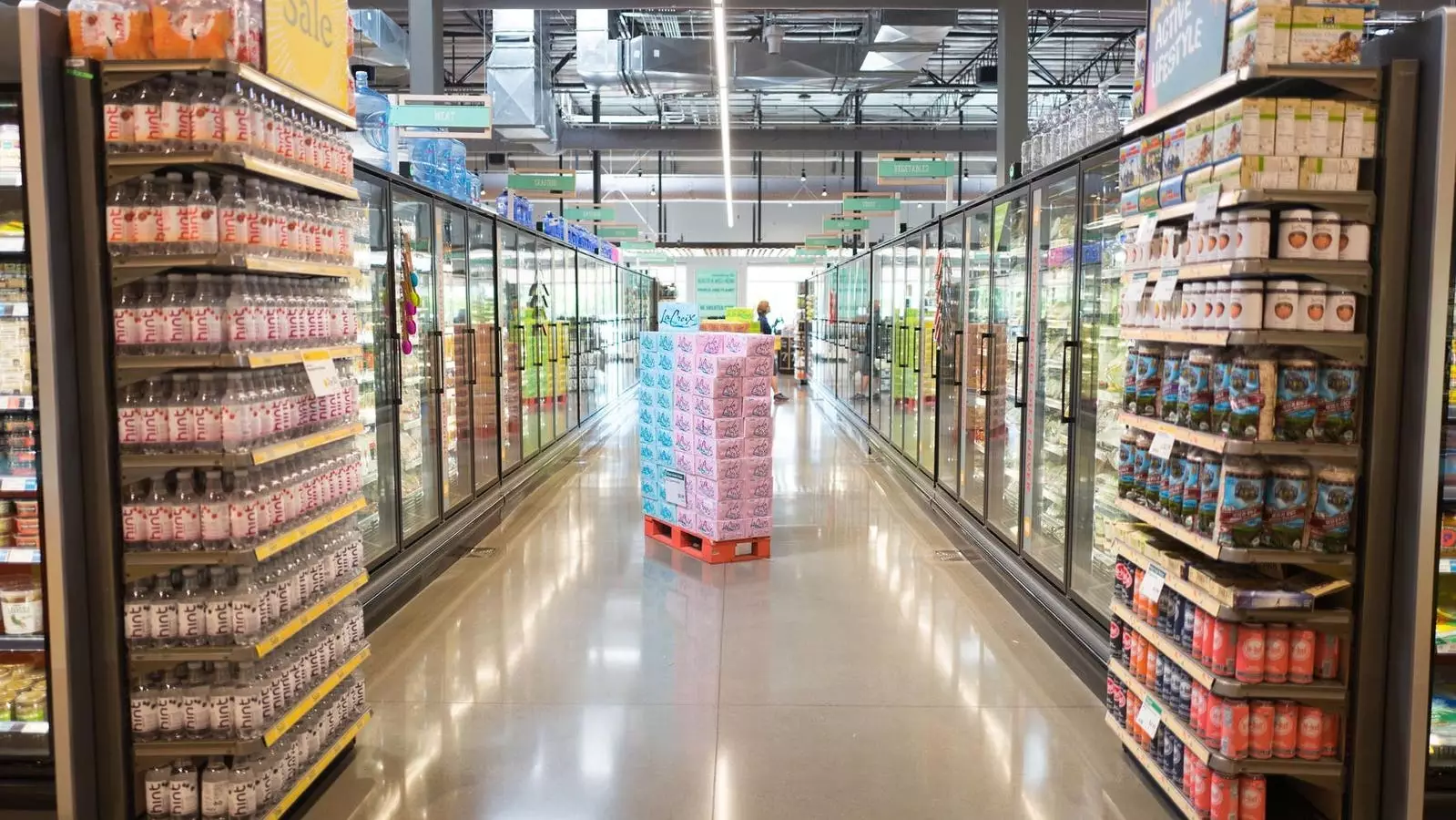The grocery retail sector is on the brink of a significant transformation due to the rise of retail media, projected to garner an incredible $8.5 billion opportunity in 2024. As grocery retailers aim to capture their share of this burgeoning market, many executives are strategically opting for third-party or white-label solutions instead of investing in building proprietary platforms. This shift acknowledges the complexities and requirements needed to thrive in a rapidly evolving marketplace while recognizing the urgency to act swiftly.
Traditionally, the grocery sector has lagged in technological investments, including retail media adaptations. Despite this delay, retailers possess invaluable insights into household demographics and consumer purchasing behaviors. Interestingly, some industry outliers have emerged, leading the charge in utilizing advanced data analytics. For instance, Kroger’s Precision Marketing, built upon its formidable data analytics division, has been distinguished as having superior audience targeting and measurement capabilities, according to a recent survey conducted by the Path to Purchase Institute. This indicates that while the broader market may still be catching up, there are notable exceptions setting benchmarks for others to follow.
As grocery retailers increasingly recognize the potential of retail media to enhance profitability, integrating advanced technologies becomes vital. Innovations such as smart carts, connected digital screens, and data analytics driven by customer loyalty can enable grocers to provide tailored shopping experiences and precise advertising. For instance, as highlighted at industry events, major advertisers like PepsiCo are setting clear benchmarks for retail media networks, insisting on quantifiable returns at each stage of the sales funnel. This creates an expectation for robust measurement capabilities, accurate audience targeting, and flexible creative options that match the operational style of digital giants like Meta and Google.
A noteworthy development outside the grocery landscape is Home Depot’s recent launch of ‘Orange Access,’ which serves as a self-service retail media platform. This transition reflects a broader industry trend emphasizing transparency and advertiser control. By allowing advertisers to independently plan, activate, and manage their campaigns, this model shifts the focus from a conventional media buying approach to a more empowering platform for brands. As the retail media space evolves, advertisers increasingly demand that campaigns align with business goals rather than merely boosting retailer revenue.
Research published in the Journal of Marketing Analytics underscores the importance of sophisticated advertising capabilities. A study analyzing 122,000 brands on Amazon revealed that different advertising products affect various brand metrics—ranging from awareness to revenue—based on brand size and category. Interestingly, upper-funnel advertising was most beneficial for smaller brands, while larger ones thrived on lower-funnel initiatives. These findings signal that retailers must offer a range of advertising options that cater to both small and established brands and ensure that other elements, like product descriptions, reviews, and pricing strategies, meet rising standards to maximize advertising philosophy.
While digital advertising capabilities are essential, in-store advertising remains a particularly golden opportunity within the grocery space. Recent research from GroceryTV and Media Ads + Commerce showcased that in-store advertising yielded consistent sales lifts averaging 14%. More notably, a massive 87% of shoppers reported having a neutral to positive response towards these in-store advertisements—outpacing other channels like Connected TV, which only garnered a 59% positive inclination. The efficacy of specific in-store touchpoints, such as digital screens at entrances and deli boards, reveals that not all advertising methods are created equally; thus, retailers should prioritize high-impact avenues that can significantly enhance customer experience.
With consumer packaged goods (CPG) brands urgently seeking integrated digital and physical engagement data, connecting these channels is paramount. A survey indicated that 93% of CPG brands desire an exhaustive view of the shopper journey, which correlates directly with optimized advertising strategies. This comprehensive understanding not only informs better decisions regarding ad spends but also facilitates effective omnichannel campaign execution.
As the grocery retail industry stands at a pivotal juncture regarding retail media adoption, the journey ahead is filled with both promise and challenges. Retailers are increasingly adopting third-party solutions that demonstrate an understanding of current complexities and demands. The focus will therefore be on selecting technology partners that can provide both immediate digital capabilities and the aptitude for seamless integration of online and off-line experiences. As competition alongside technology innovation intensifies, finding partners that can fulfill both present needs and future aspirations will be key for grocery retailers looking to thrive in the ever-evolving retail media landscape.
All said, embracing retail media in the grocery sphere not only presents an opportunity to enhance profitability but also enables retailers to connect more effectively with consumers—ultimately promising a transformative impact on the entire shopping experience.


Leave a Reply